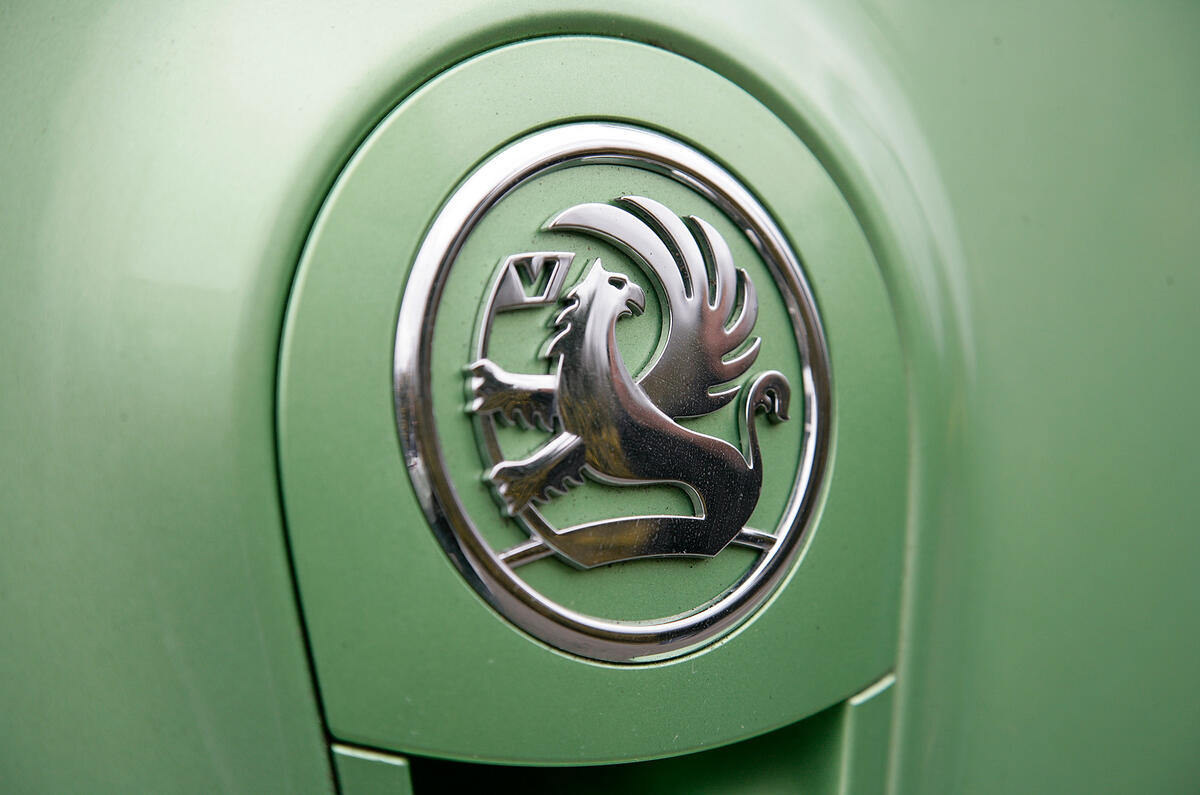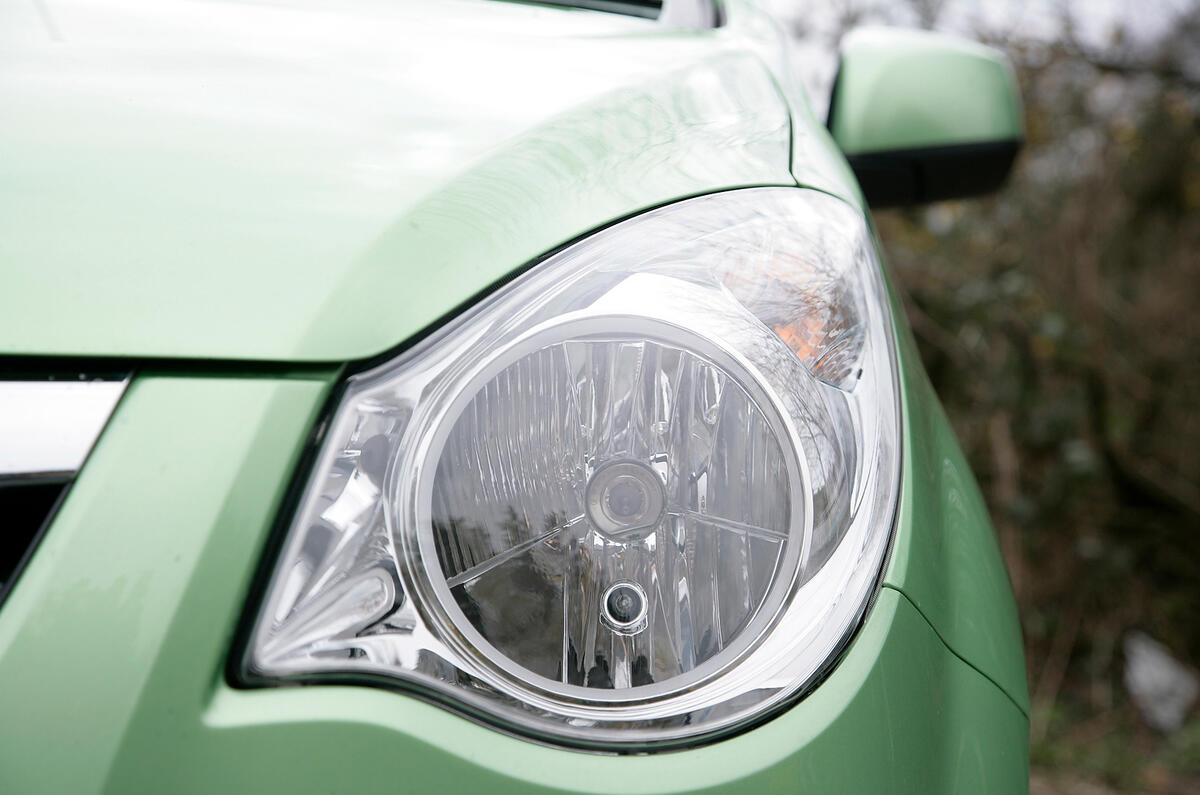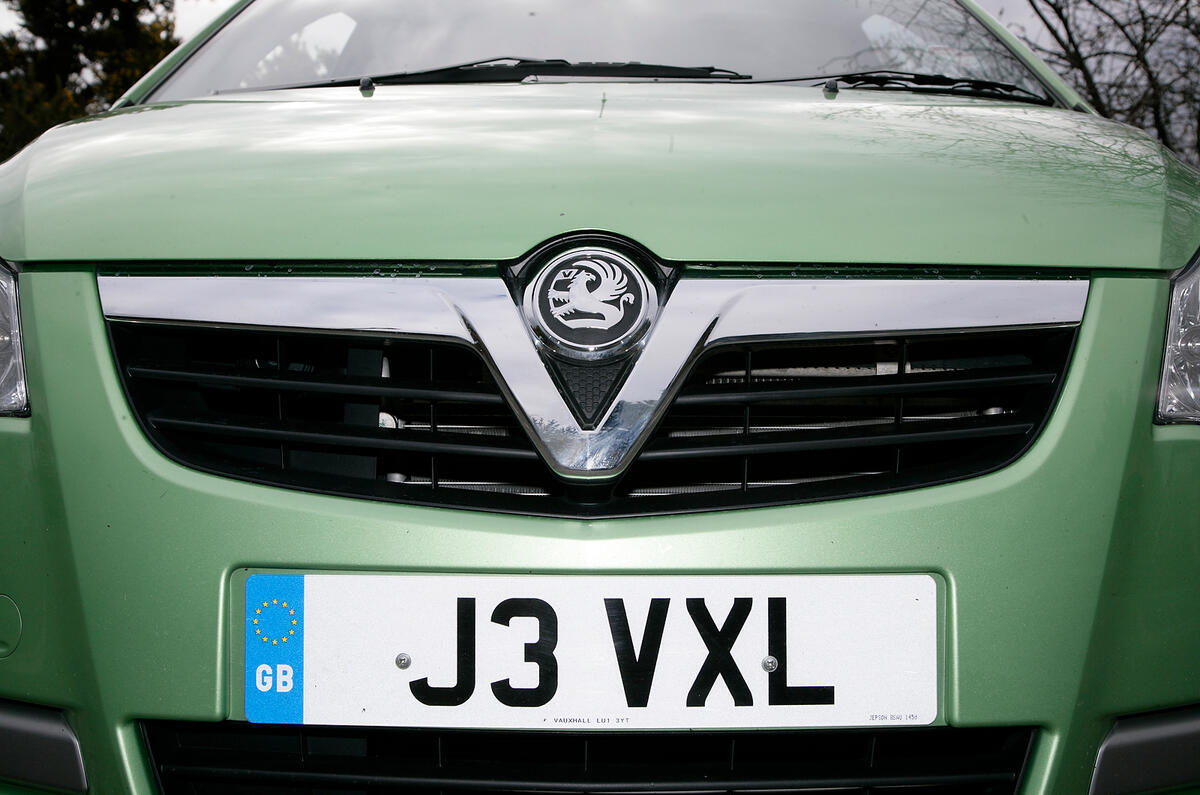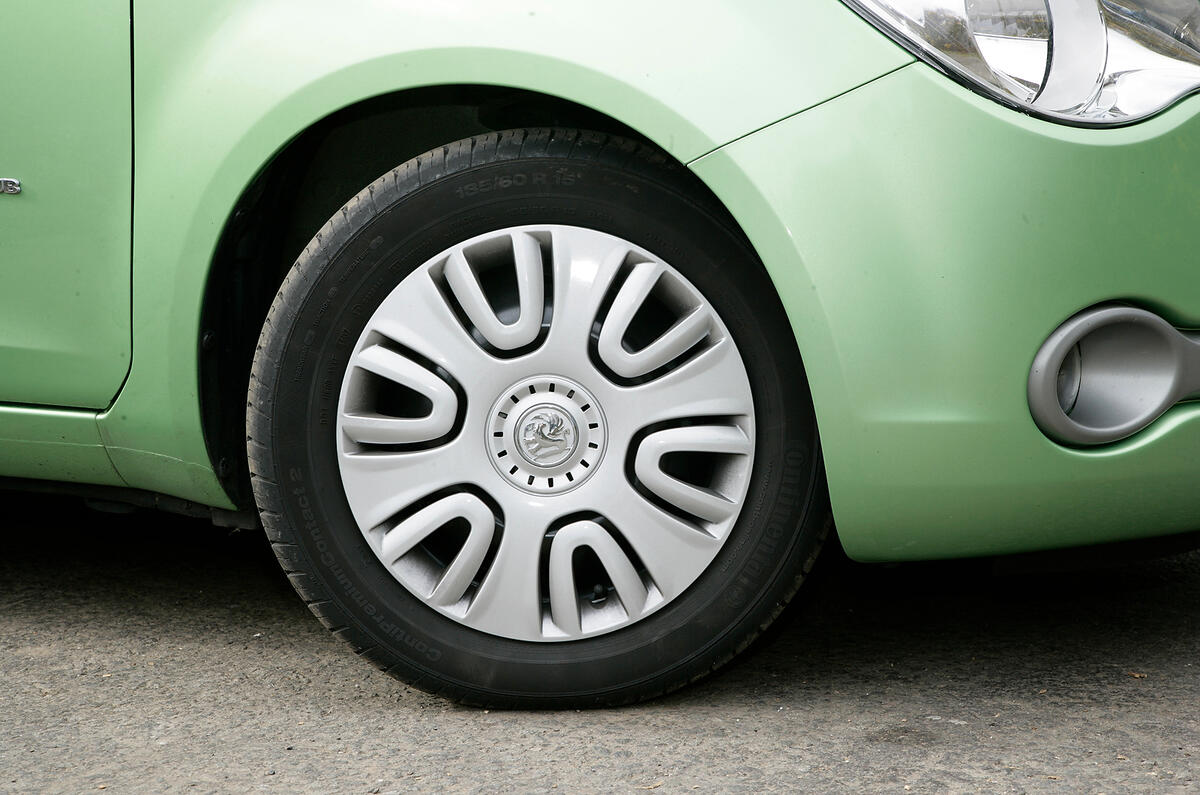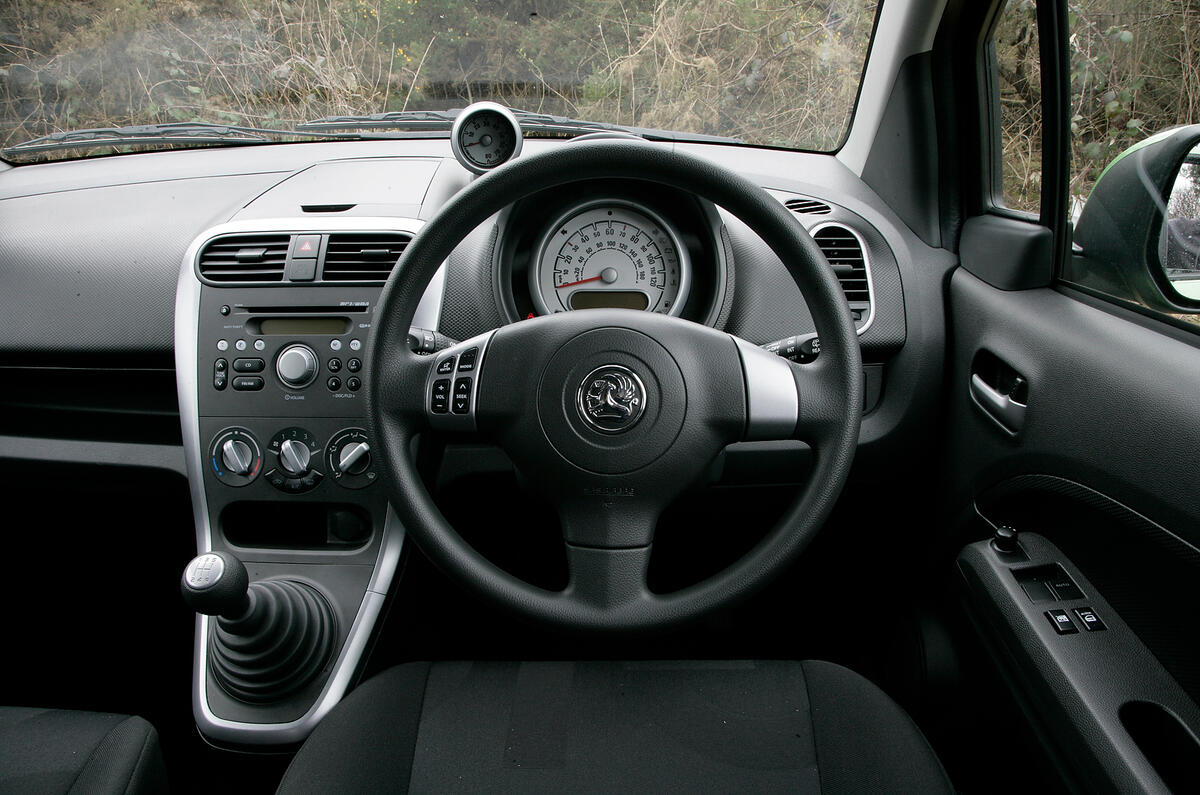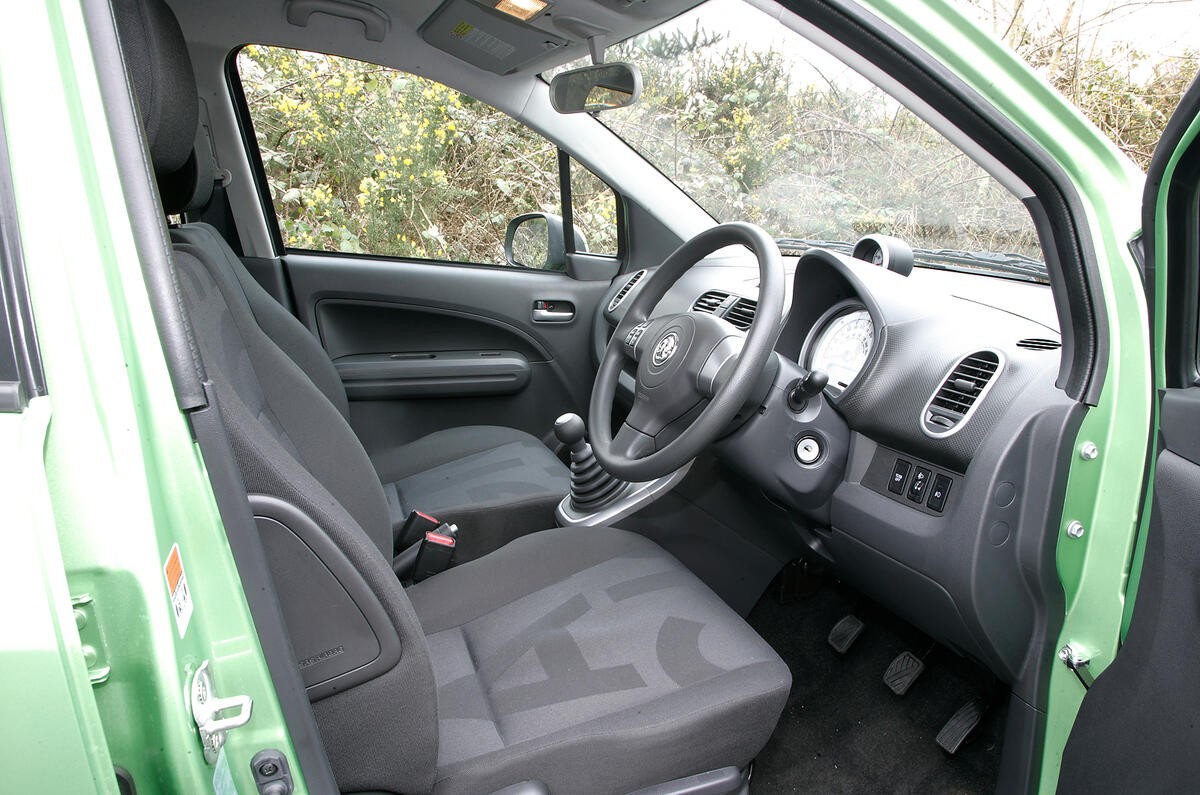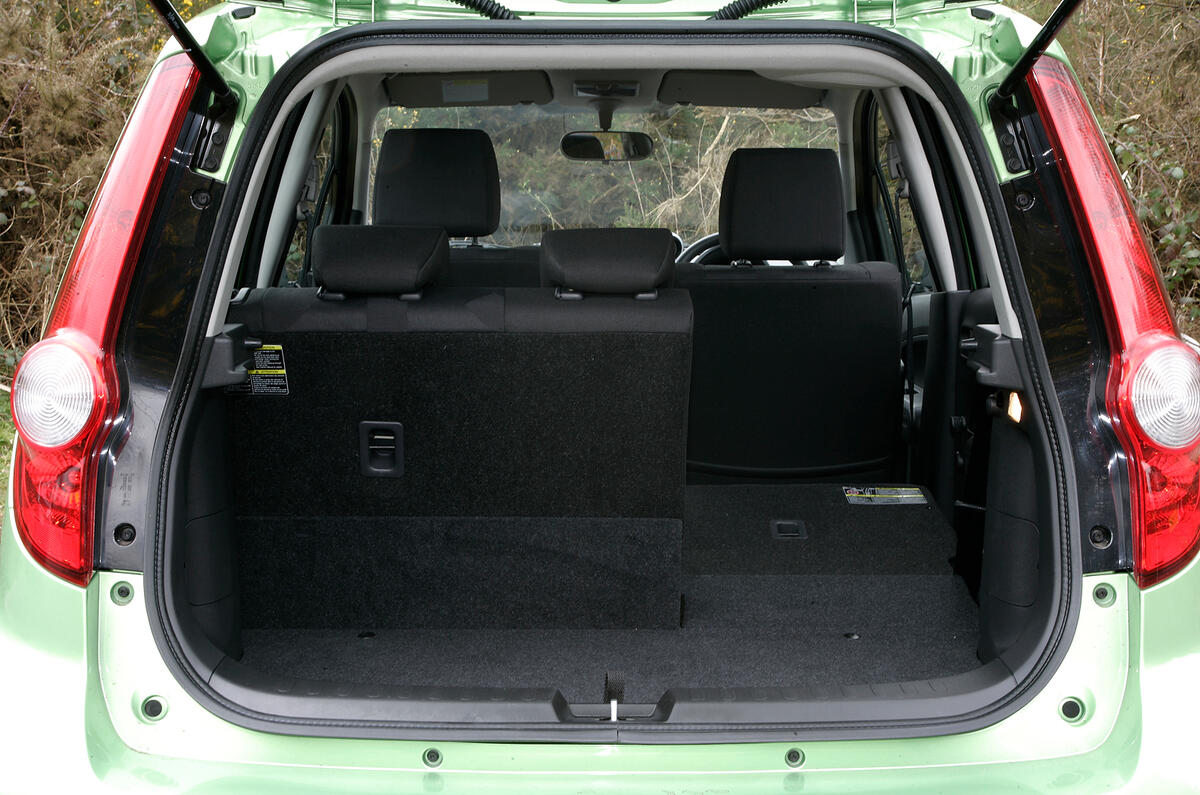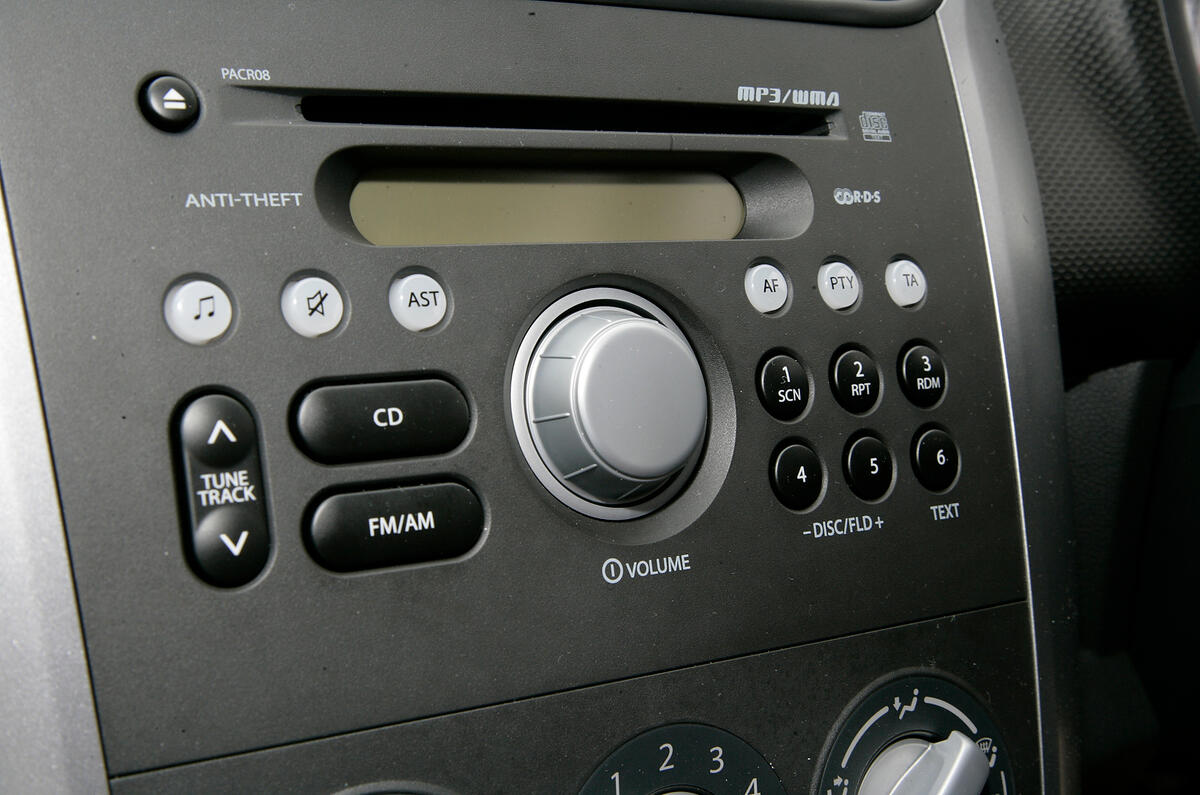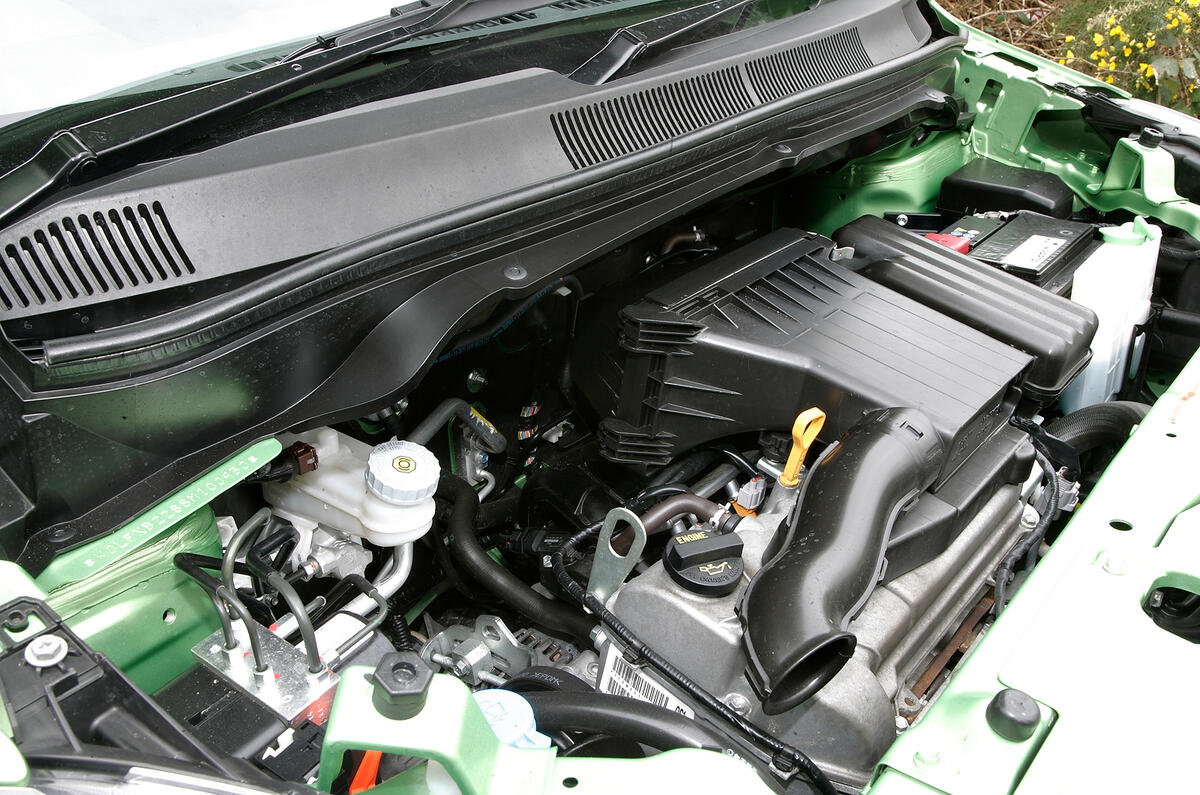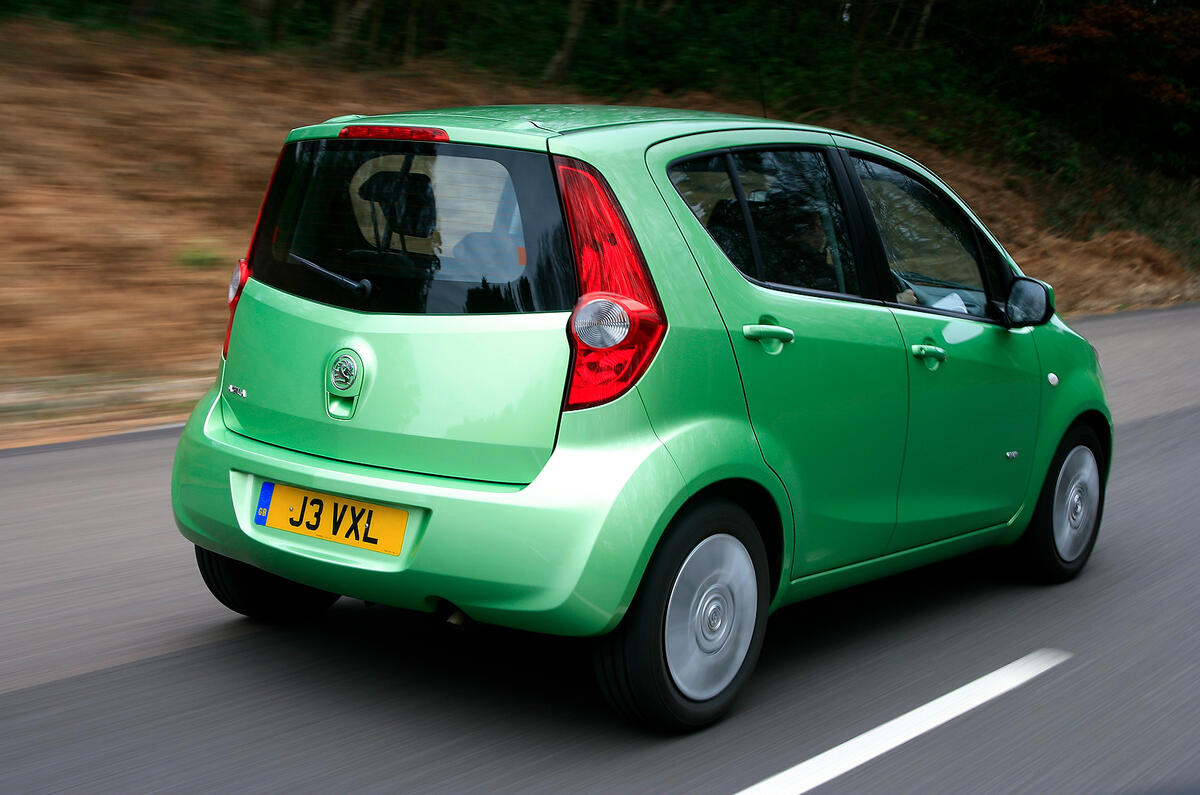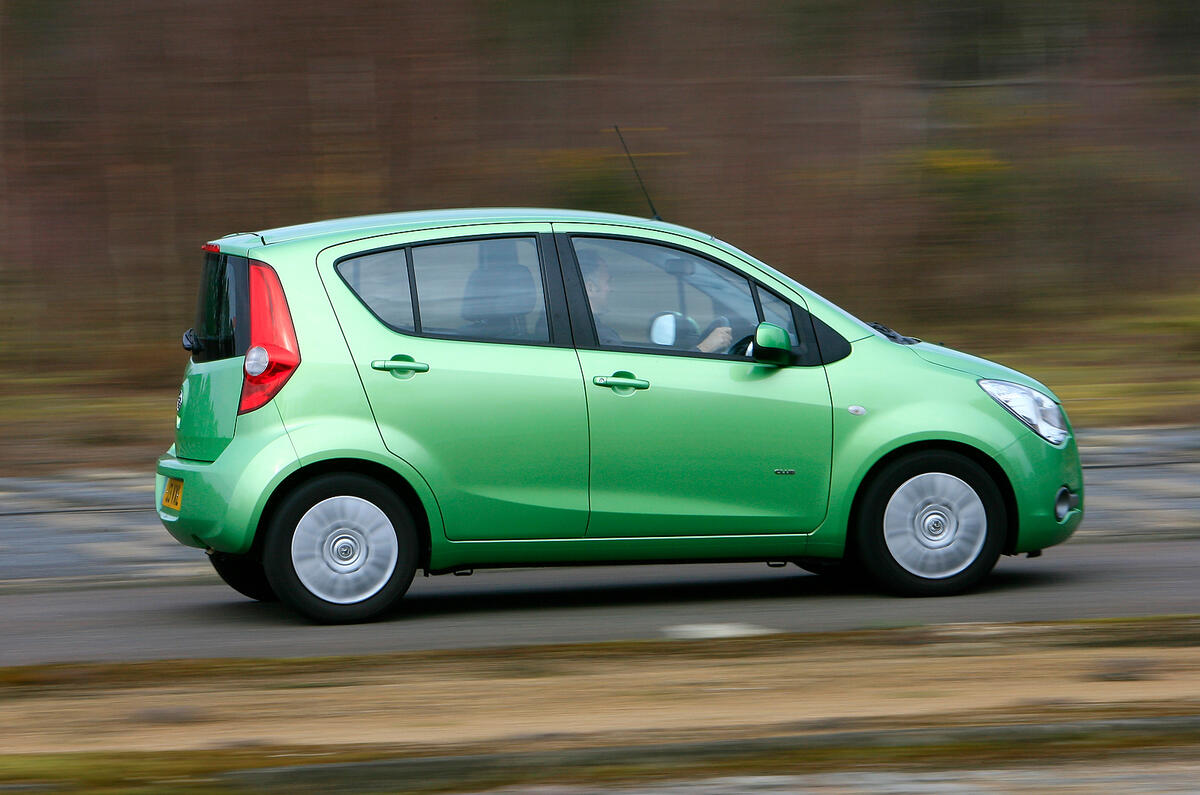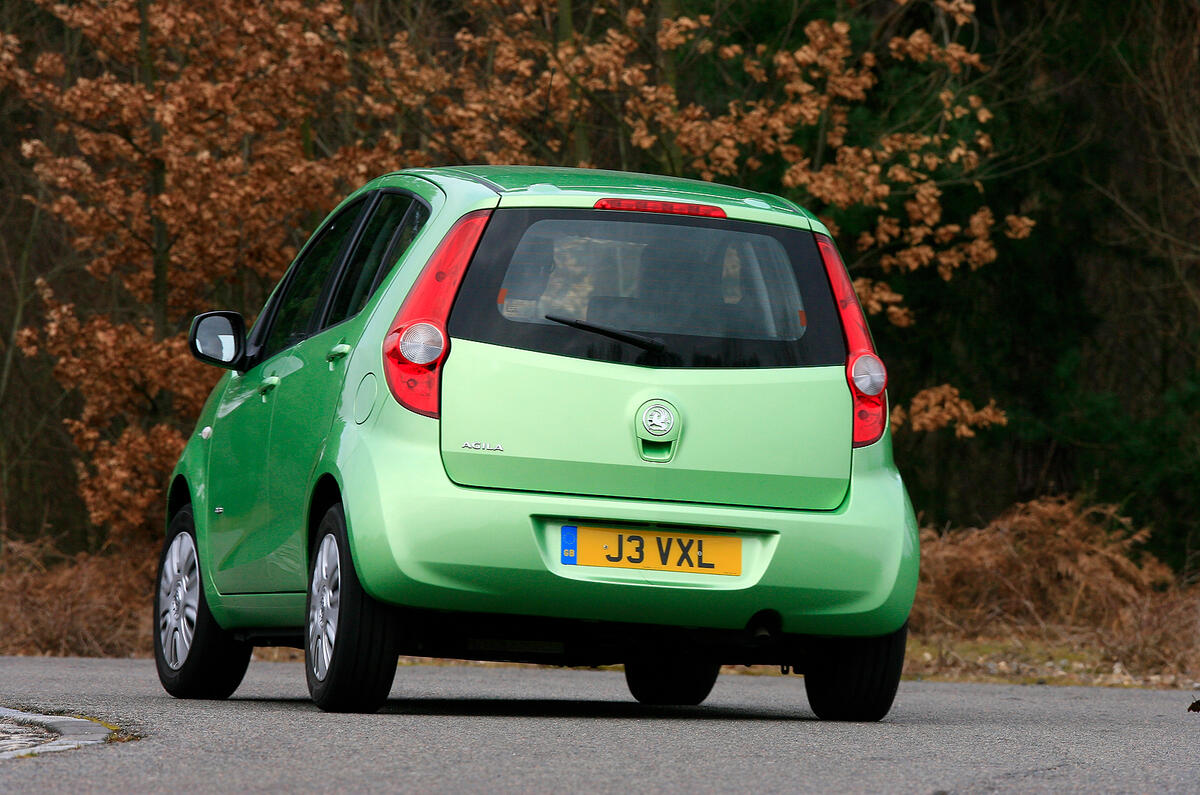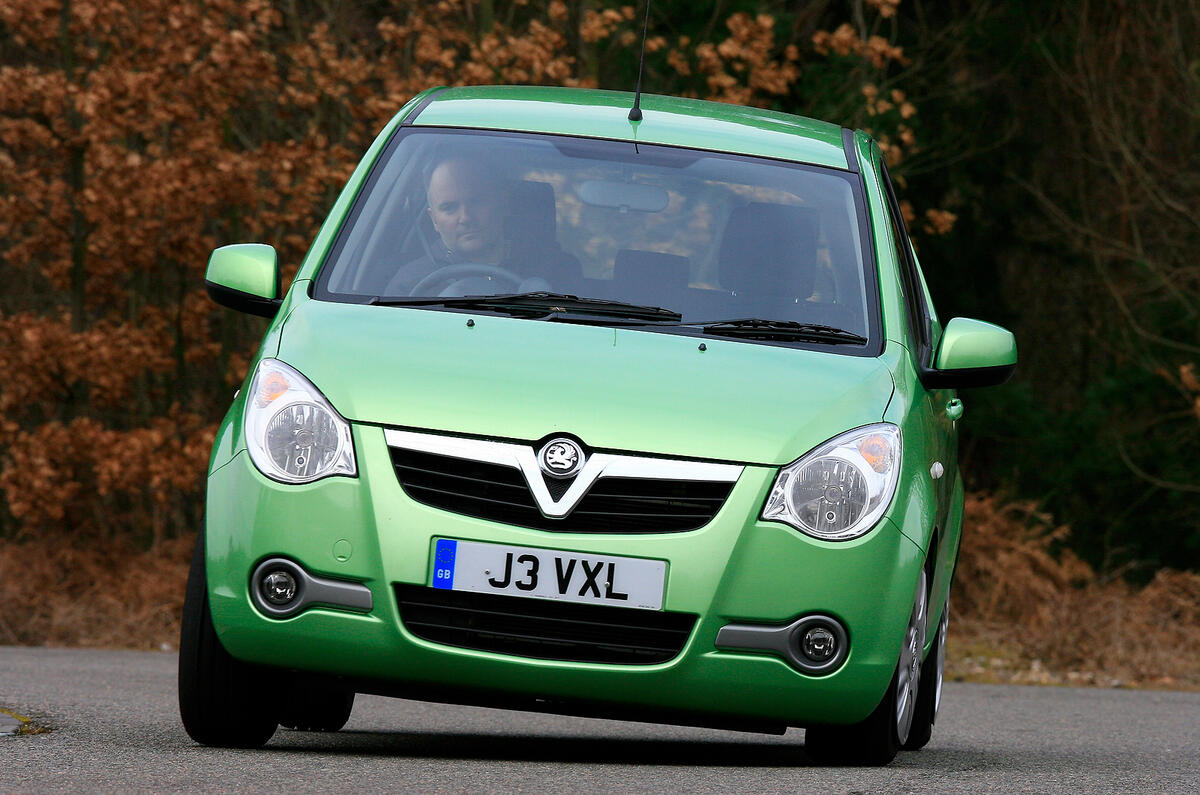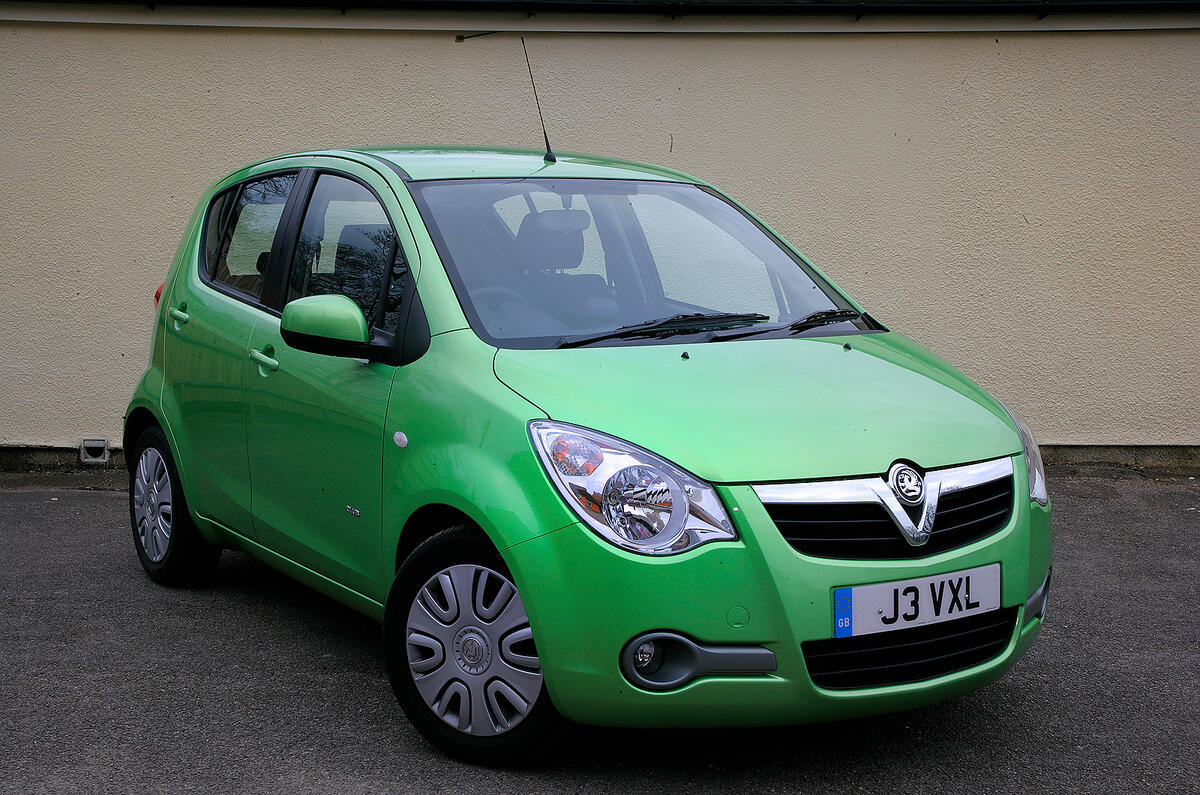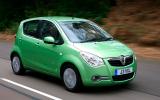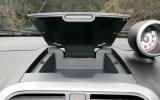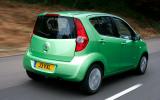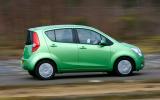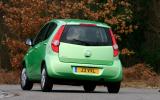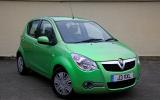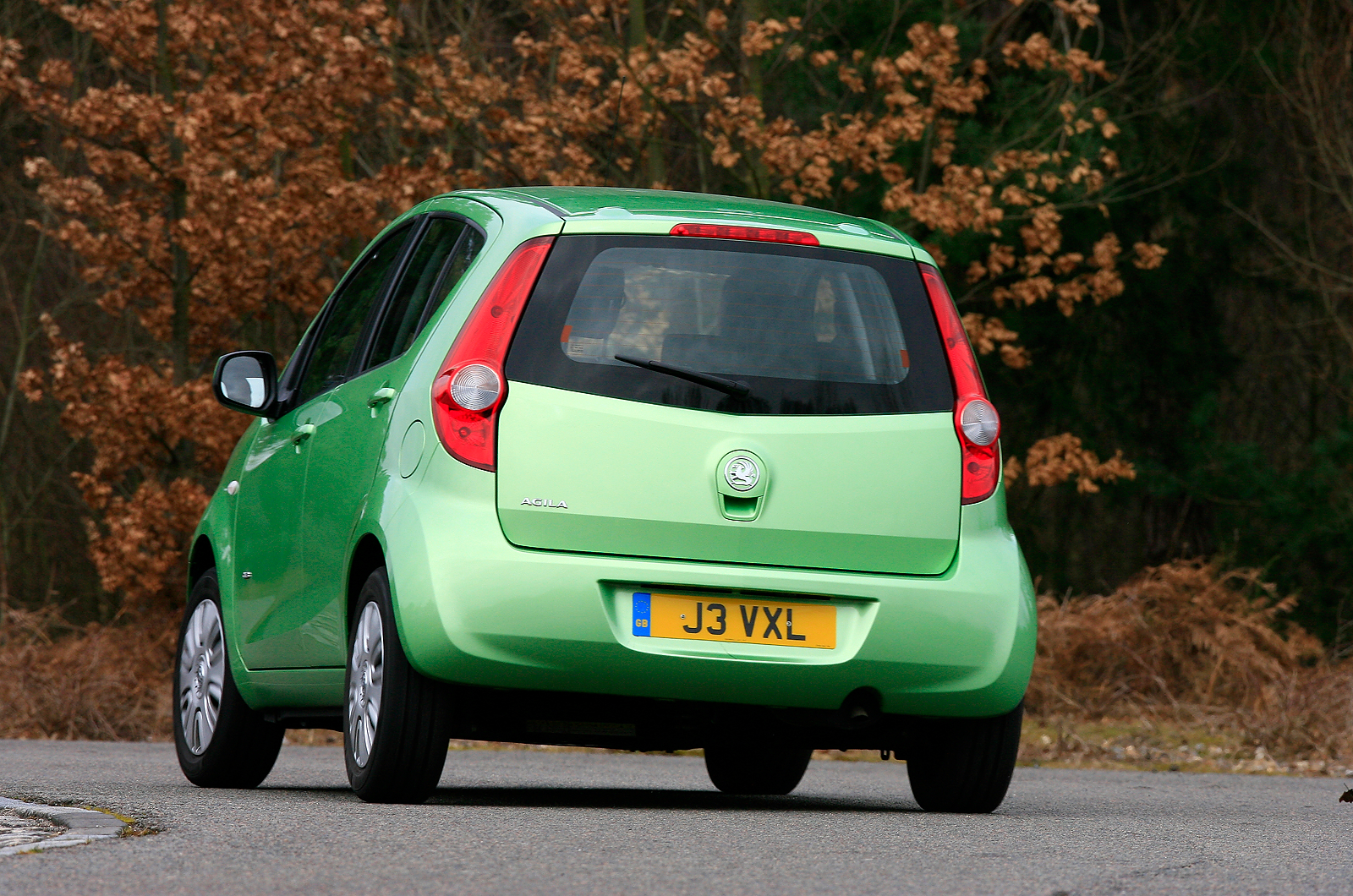The Agila came into being just before the turn of the century to satisfy a perceived need for a dedicated city car. The answer was provided by Suzuki – which remains part owned by General Motors – in the form of its space-efficient Wagon R. Vauxhall installed its own engines and tweaked the styling slightly, but it remained very much a Suzuki product adapted by Vauxhall.
Vauxhall says that the Agila is much more of a joint venture, although it is built alongside the Suzuki equivalent — the Splash.
How do you convince someone that the era when people bought small city cars solely because they couldn’t afford anything else is well and truly over? Just take them for a quick spin in this new Vauxhall Agila.
Like its Suzuki near-clone (both cars are built by Suzuki in Hungary), the Agila’s purpose in life extends far beyond the traditional boundaries of budget transport, in which how you got there mattered not at all compared to the fact that you got there at all.
The Agila is not merely pretty; it’s a real attention magnet. That such design fluency has been achieved within the usually style-sapping limitation of tall five-door hatch architecture is entirely to its creators’ credit, for it means that this is a car with a real chance of working in the real world.
But questions remain: should even a mid-spec, 1.0-litre, 64bhp Agila like our test car (there's also a 1.2-litre with a lively 95bhp) really cost almost £1000 more than a car such as 1.2-litre Fiat Panda, a former Car of the Year and a favourite of ours since it was launched? And because even small cars cannot live by city street alone, how does it fare when removed from its comfort zone?



